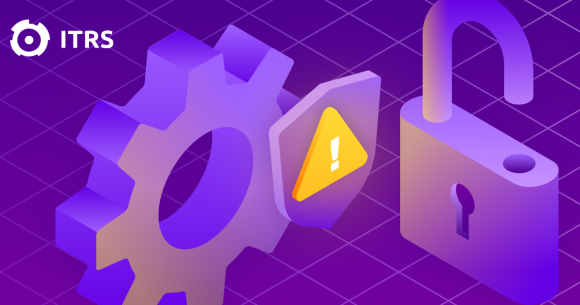The relationship between Cloud & cost
ITRS Group customers; and Cloud
Our customers are continuing to move workloads from traditional on-premise data centres to cloud platforms, orchestrated container environments (e.g. Kubernetes or Openshift) or both. In our previous newsletter we talked about work we have done to support these environments – running in the cloud, getting data from cloud platforms, running in orchestrated environments, and capturing data from inside applications.
In this newsletter we are focussed on one additional aspect of these environments: cost.
Most businesses are wasting 35% of their cloud spend
That 35% figure is an industry average – we have seen some examples where the number is above 50%. Why is this happening? The answer is that companies are using old world processes in the new cloud world. In the old world, the capacity required for an application would be decided when the application was launched, and then only revisited if the app had performance problems. This made sense because once the servers and storage were deployed, the cost was spent and couldn’t be recovered.
In the new world, that cost is incurred every hour of every day that the application is running, and companies need to take advantage of cloud flexibility to control it. After applications are deployed, as part of the DevOps cycle, the allocated capacity should be reviewed regularly and revised to align with requirements.
As a simple example, if the application only runs 8am to 6pm on weekdays, then the instances should be shut down outside of those hours; at the more complicated end of the scale, instances need to be right-sized.
Businesses need to regularly right-size their cloud
Cloud providers like AWS offer literally hundreds of instance types, in dozens of locations, all at different price points. As you go up the scale, the price per hour typically doubles at each step – so if you are using an instance that is one size too big for your needs then you are spending double what you need to.
Our Cloud Cost Optimizer (CCO) will automatically analyse the usage of every instance over the last three months and recommend the most cost-efficient alternative; soon, it will even make comparisons across multiple cloud providers.
They also need to right-buy
The cloud providers also add complexity in the form of multiple purchase plans. Typically, you can achieve a much lower per-hour cost if you commit to using that type of instance for a year or more (in the same way that the nightly cost of house on a one-year lease is way lower than for a 3-night AirBnB stay). But to determine the optimal commitment across thousands of instances, with dozens of different characteristics is not easy – we have seen examples where customers have paid for these plans and are losing money on them (in fact, this is so common that Amazon even has a secondary market where you can resell this pre-paid capacity).
Again, CCO has customers covered for this. It automatically compares customers existing spend for their existing platforms, with a range of alternatives using pricing rules automatically captured from the cloud platforms on a daily basis.
Cost is the new Capacity
In summary, cloud platforms provide elastic capacity, but at a cost. Customers are no longer limited by the infrastructure they have in their data centres, but by their budgets. CCO helps them ensure they get the best bang for their buck.




